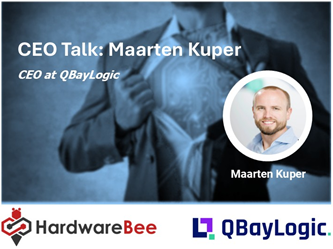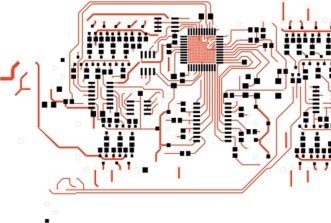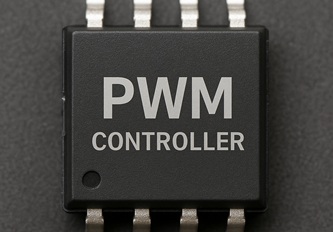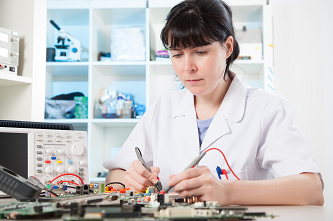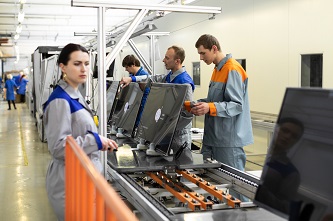This website uses cookies so that we can provide you with the best user experience possible. Cookie information is stored in your browser and performs functions such as recognising you when you return to our website and helping our team to understand which sections of the website you find most interesting and useful.
Intel Unveils TSMC-Made Lunar Lake Processor for AI PCs
Intel has recently revealed details about its highly anticipated Lunar Lake processor designed for AI-enabled PCs. The processor features chiplet tiles manufactured by TSMC and is expected to be available for shipping in the third quarter of 2024.
The announcement was made by Pat Gelsinger, the CEO of Intel, during his keynote speech at Computex in Taipei, Taiwan. In addition to Lunar Lake, Gelsinger also discussed other upcoming products such as the Xeon 6 processors for data centers and the Gaudi 2 and Gaudi 3 AI processors.
Lunar Lake is a chiplet-based processor that is being produced by TSMC using its advanced N6 and N3B manufacturing processes, which are approximately 6nm and 3nm, respectively. Intel then assembles the components using its innovative Foveros 3D packaging technology. The compute chiplet is reportedly made using N3B, while the housekeeping controller tile is made using N6.
During his keynote, Gelsinger highlighted that Lunar Lake is expected to deliver three times the AI inference performance and a 40% reduction in power consumption compared to its predecessor, the Meteor Lake processor. Meteor Lake, Intel's first PC processor to utilize foundry supply, began shipping in December 2023 and combined Intel's 4 process with TSMC's N6 and N5.
Gelsinger explained the decision to partner with TSMC for Lunar Lake, stating, "Lunar Lake picked TSMC as the right technology at that point in time. That's why we ended up using more of it. And obviously, with the results I talked about today, it was a good choice."
Intel's Lunar Lake processor introduces a new performance core named Lion Cove and an efficiency core called Skymont. Additionally, the processor features Intel's NPU 4.0 neural processor, capable of delivering up to 48TOPS. Intel claims that the component offers a total capability of 120 AI TOPS.
Despite increasing competition in the AI-PC market, Gelsinger emphasized that Intel has been a key player in the industry for some time. In the first quarter of 2024, Intel reportedly shipped more AI PC processors than all its competitors combined, indicating a market share of over 50%.






